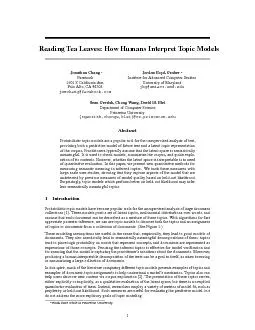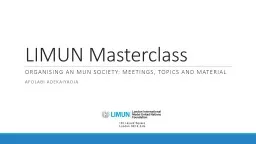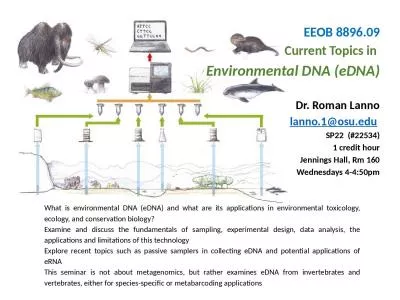PPT-Project Topics
Author : giovanna-bartolotta | Published Date : 2018-01-07
Cluster 3 2013 Group A Renewable Energy Electrical demand in California is largest on hot and humid days when people turn on air conditioning Are solar power and
Presentation Embed Code
Download Presentation
Download Presentation The PPT/PDF document "Project Topics" is the property of its rightful owner. Permission is granted to download and print the materials on this website for personal, non-commercial use only, and to display it on your personal computer provided you do not modify the materials and that you retain all copyright notices contained in the materials. By downloading content from our website, you accept the terms of this agreement.
Project Topics: Transcript
Download Rules Of Document
"Project Topics"The content belongs to its owner. You may download and print it for personal use, without modification, and keep all copyright notices. By downloading, you agree to these terms.
Related Documents














